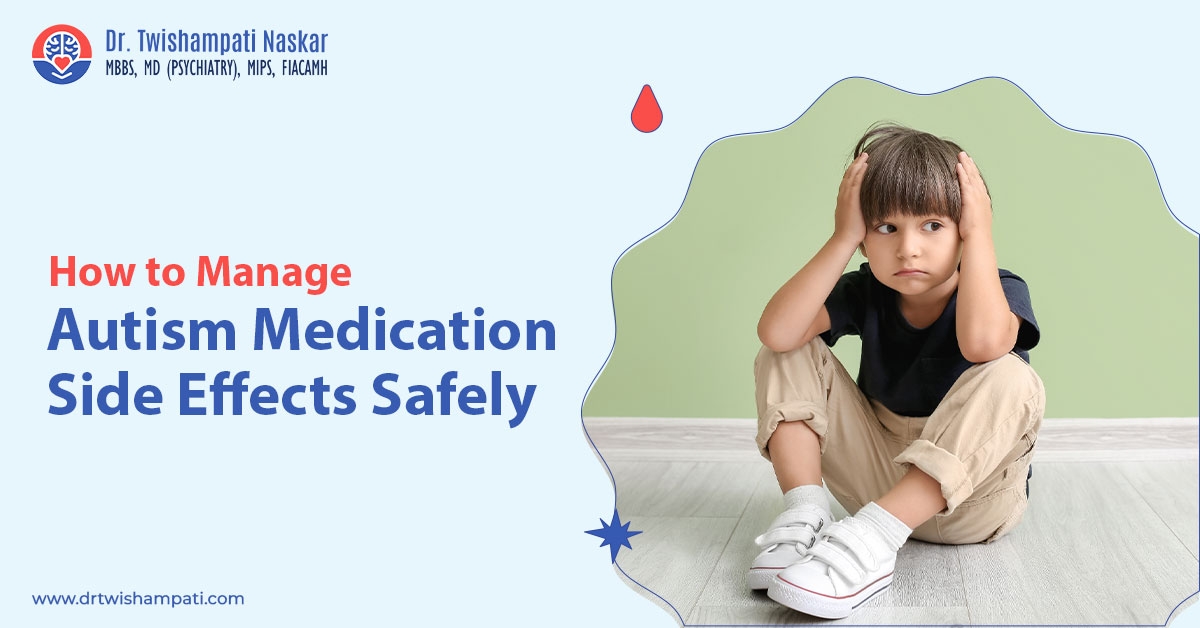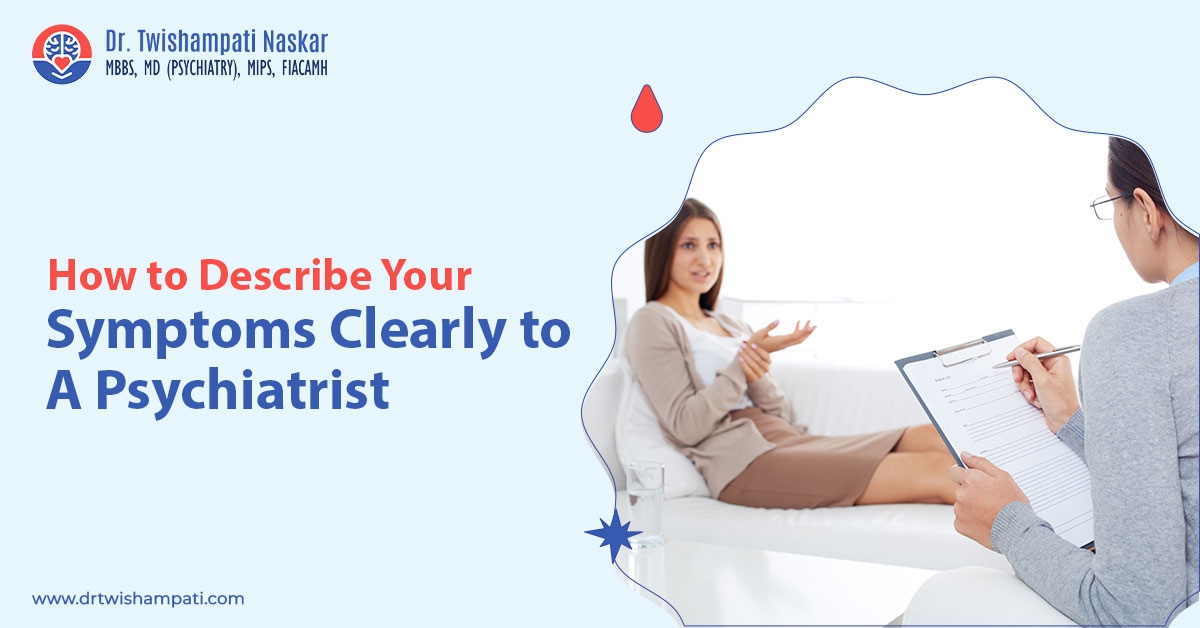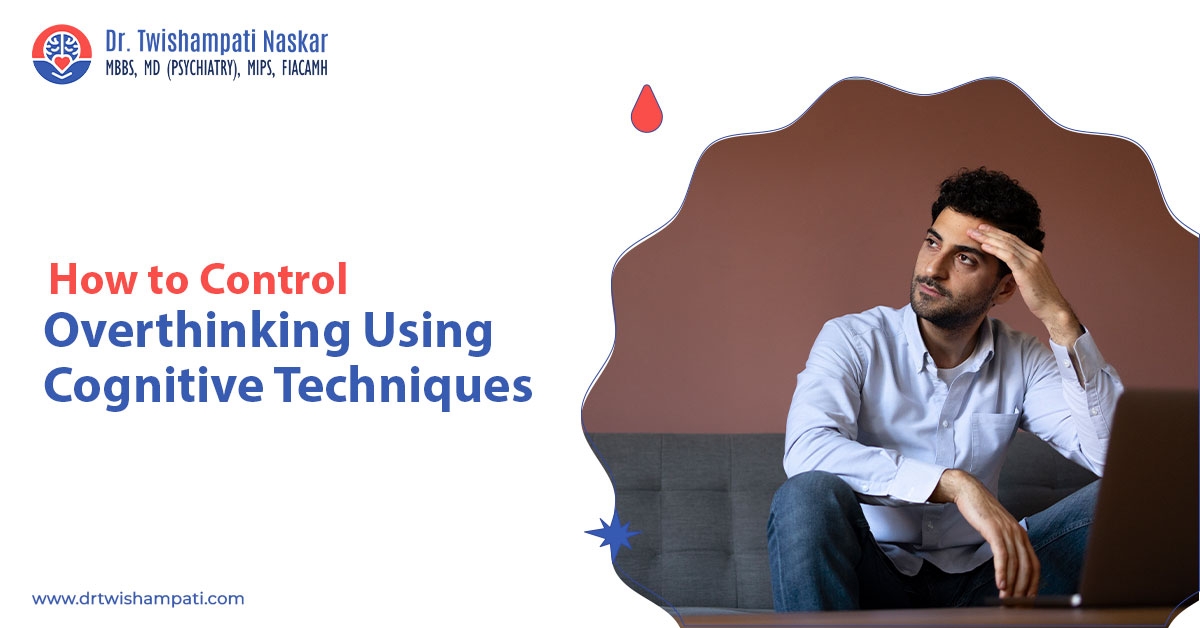A panic attack is a sudden wave of fear that can lead to serious physical reactions, where there are no real forms of danger. Uncontrolled panic attacks can be quite frightening and dangerous which may make you lose control over anything and feel like you’re dying. If you’re experiencing recurrent panic attacks and suffer from the symptoms of panic disorder then without any delay you must contact a reputed psychiatrist near you
In normal cases, panic attacks usually resolve after the stressful condition is resolved. However, patients suffering from panic disorder experience frequent panic attacks without any external stress. If this condition is not treated at the right time then it can become life-threatening and can also decrease overall life quality. Not only your mental state but your physical condition also gets hugely impacted by this condition.
Here Is A Detailed Guide About Panic Disorder And Attacks
- Symptoms
Panic attacks can happen without any warning signs. You may start experiencing the symptoms of panic disorder when you’re roaming around the mall, driving a car, attending an important meeting, or enjoying a quality sleep. There can be variations of symptoms at the beginning but the signs will be at peak within a few minutes.
Some of the common symptoms of panic disorder include chills, sudden sense of danger, intense trembling, rapid heartbeat, and tingling sensation all over the body. In some cases, you may also experience chest pain, headache, and nausea. Psychosis or detachment from reality can also be felt by some. The intense fear that you experience after a panic attack can also sometimes trigger the symptoms of this disorder.
- Causes
The intense anxiety and fear associated with panic disorder can be caused due to abnormal functioning of the nervous system and brain. In most cases, dysfunction of the amygdala that processes your emotions and fear is deeply rooted in this mental health condition. In some cases, chemical imbalances can be an underlying condition behind panic disorder.
People who have a family history of anxiety and panic disorders have a higher likelihood of developing this disorder. Additionally, certain underlying mental health issues such as depression and anxiety can trigger panic attacks. Furthermore, adults who have experienced negative and traumatic events during childhood can also develop panic disorder due to the increased fear of certain situations.
- Complications
If the panic attacks are left untreated then you may experience various complications that may hamper your physical wellbeing, mental health, and professional and personal life. The intense fear associated with panic disorder can lead to the development of specific phobias such as social isolation and fear of driving. It is important to contact the best psychiatrist to get the best care.
Some of the other complications associated with this disorder are problems at work, poor performance at school, financial problems, and frequent health issues. You may also have an increased risk of psychiatric disorders such as anxiety and depression if you suffer from panic disorder. Most people with undiagnosed panic disorder experience an increased risk of suicidal thoughts.
- Diagnosis
The first process that the doctor will follow to diagnose panic disorder is to check whether the symptoms of panic attacks are caused due to other conditions or not. In some cases, thyroid and heart issues can be associated with panic attack symptoms. A complete physical exam and psychological evaluation can also be done to evaluate the symptoms.
The Diagnostic and Statistical Manual of Mental Disorders (DSM-5) is also used by the doctor to assess your condition. The doctor may also ask you to fill out a psychological questionnaire or self-assessment for accurate diagnosis. These processes will help in curating a personalized treatment approach that may include medications and therapies.
- Treatment Options
There are various medications that may help you control the panic attacks. Herein, the doctor may prescribe anti-anxiety medications or antidepressants to prevent panic attacks and manage the symptoms of panic disorder. However, psychotherapy can also be recommended by the doctor which can help in replacing unhealthy emotions and behaviours with positive ones.
Some of the best psychotherapies that can improve your condition are exposure and cognitive-behavioural therapy. If medications don’t work alone then the doctor may adopt a dual diagnosis approach. This process will involve both psychotherapy and medication for optimal health outcomes. Breathing exercises and other relaxation techniques can also contribute to managing the anxiety leading to panic.
Coping Strategies
In addition to treatment strategies, the doctor may also advise certain lifestyle modifications to cope with the distressing symptoms of panic disorder.
1. Regular Exercise- Increased physical activity not only reduces anxiety and stress but can also decrease the likelihood of panic attacks.
2. Relaxation Methods- Deep breathing, yoga, mindfulness, progressive muscle relaxation, and visualization are some of the effective relaxation techniques to slow down the risks of panic attacks.
3. Proper Diet - A healthy diet is important to maintain mental well-being which will also manage panic disorder. Herein, you must also avoid refined sugar, alcohol, and caffeine since they can trigger panic attacks.
4. Sleep- Sleeping disturbances are found to be a leading cause of panic attacks. This is why you must always prioritize sound and quality sleep to cope with panic disorder.
To reduce the risk of progression of panic disorder, it is important to consult a renowned psychiatrist like Dr. Twishmpati Naskar immediately after experiencing the first attack. You can also maintain a panic attack journal before visiting the doctor which will help in determining the frequency or severity of the disorder.
Comments (0)







